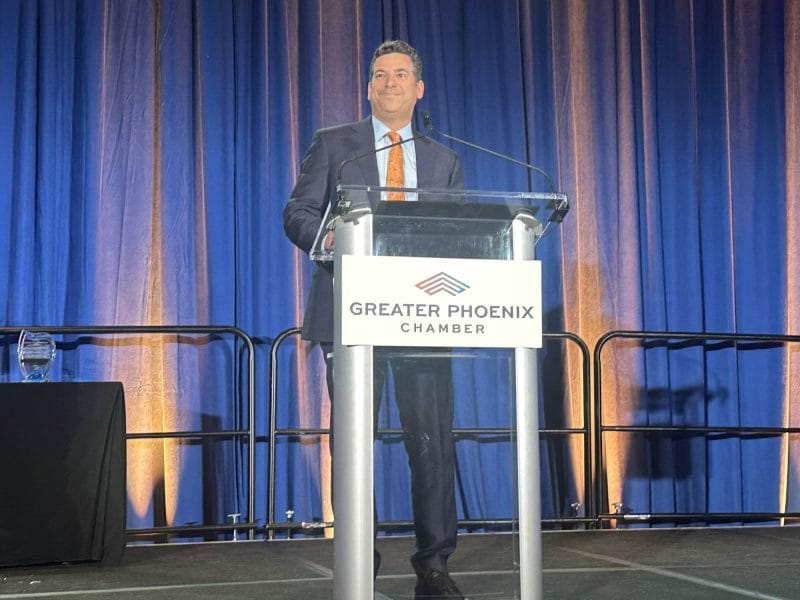 By Elizabeth Daigneau | Governing Magazine
By Elizabeth Daigneau | Governing Magazine
Over the past five years, solar has soared. Today, it is one of the fastest-growing industries in the U.S. Installed solar capacity since 2010 has increased a whopping 418 percent. It beat out natural gas in terms of new capacity in the first half of this year, and more than half a million homes and businesses now generate solar energy — that’s enough to power 3.2 million homes.
But as more Americans go solar, utilities are seeing red. At issue is something called “net metering,” and it’s eating into utilities’ profits. Net-metering policies were designed to encourage homeowners and other entities to put solar panels on their roofs or wind turbines in their backyards by enabling them to connect to the grid and then allowing them (in most cases) to sell any excess electricity they produce back to the utility. But with renewables slowly making up more of the energy pie, utilities are selling less and less electricity. “As people buy less, there is less revenue,” Steve Corneli, NRG Energy’s senior vice president of sustainability, policy and strategy, said at the SXSW Eco conference in Austin in October. “The more this happens, the less attractive energy-efficient technologies look to utilities. So utilities are pushing back.”




